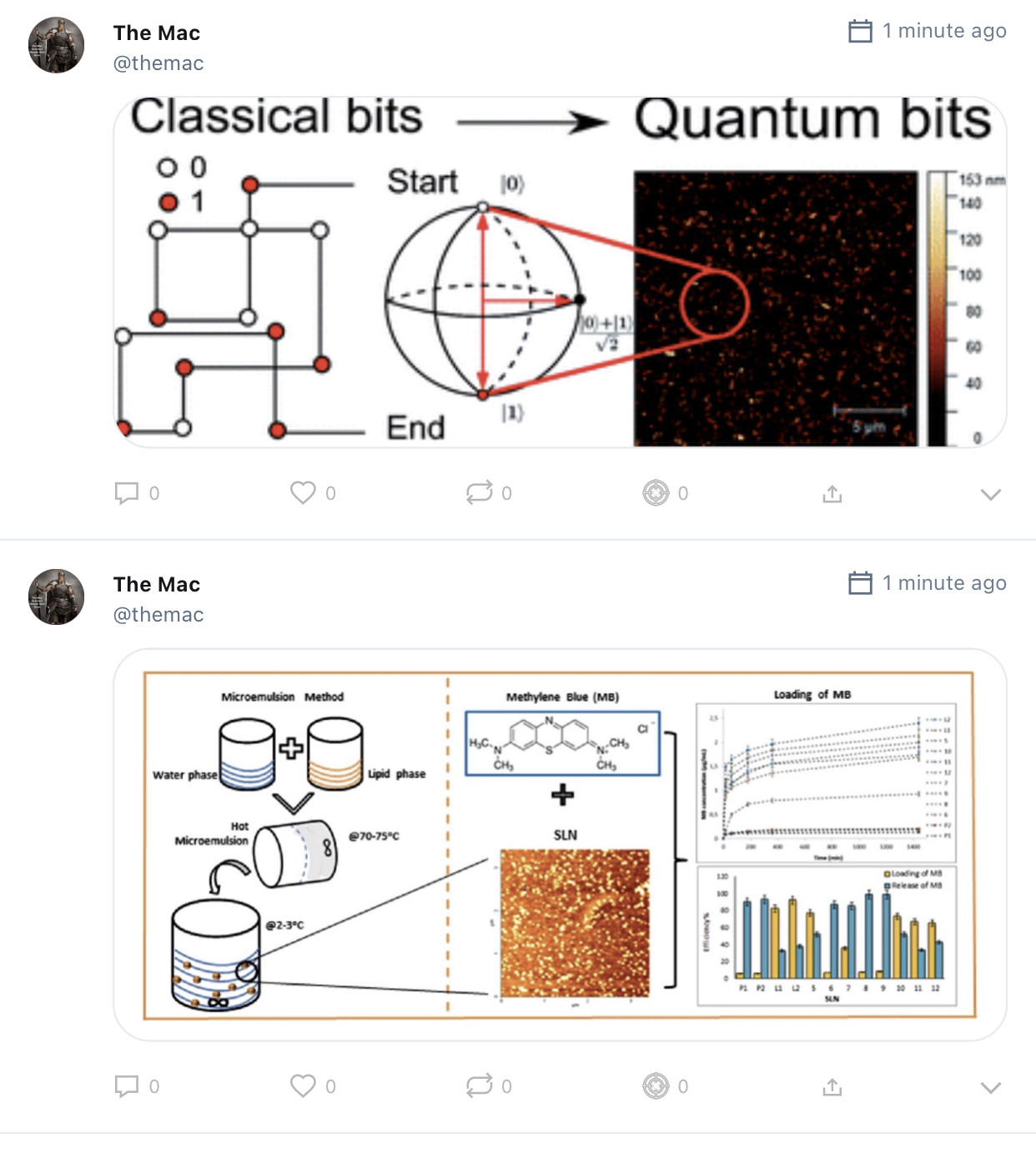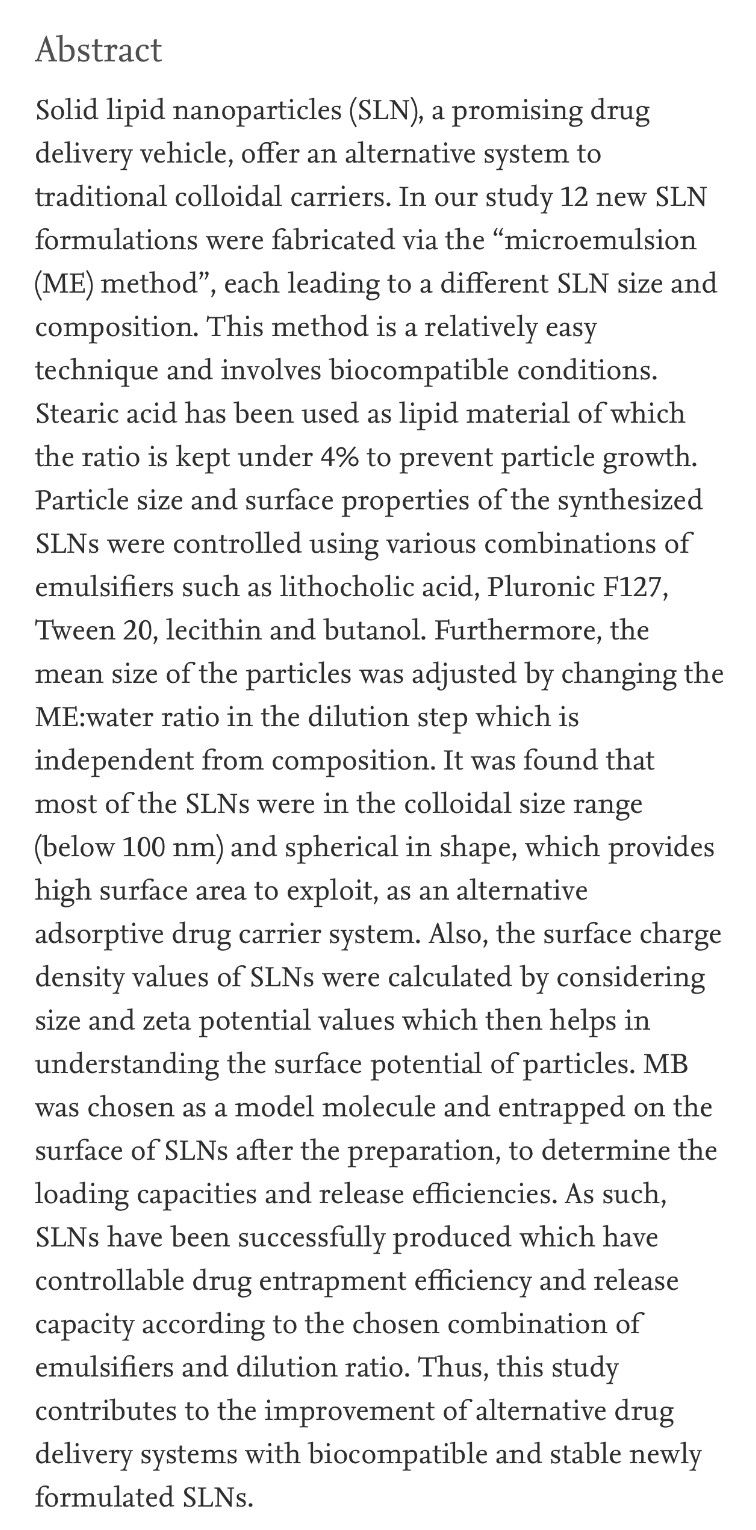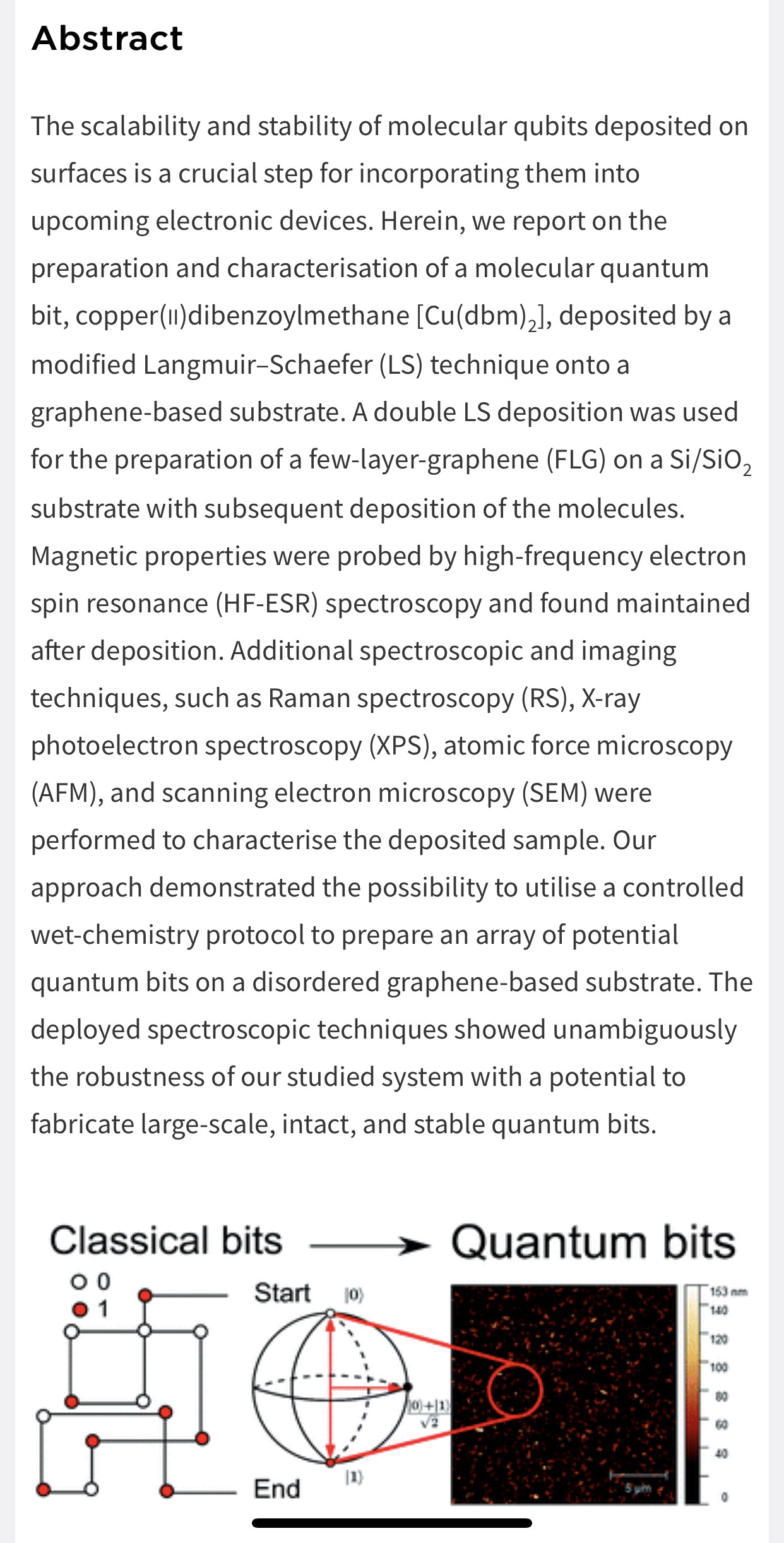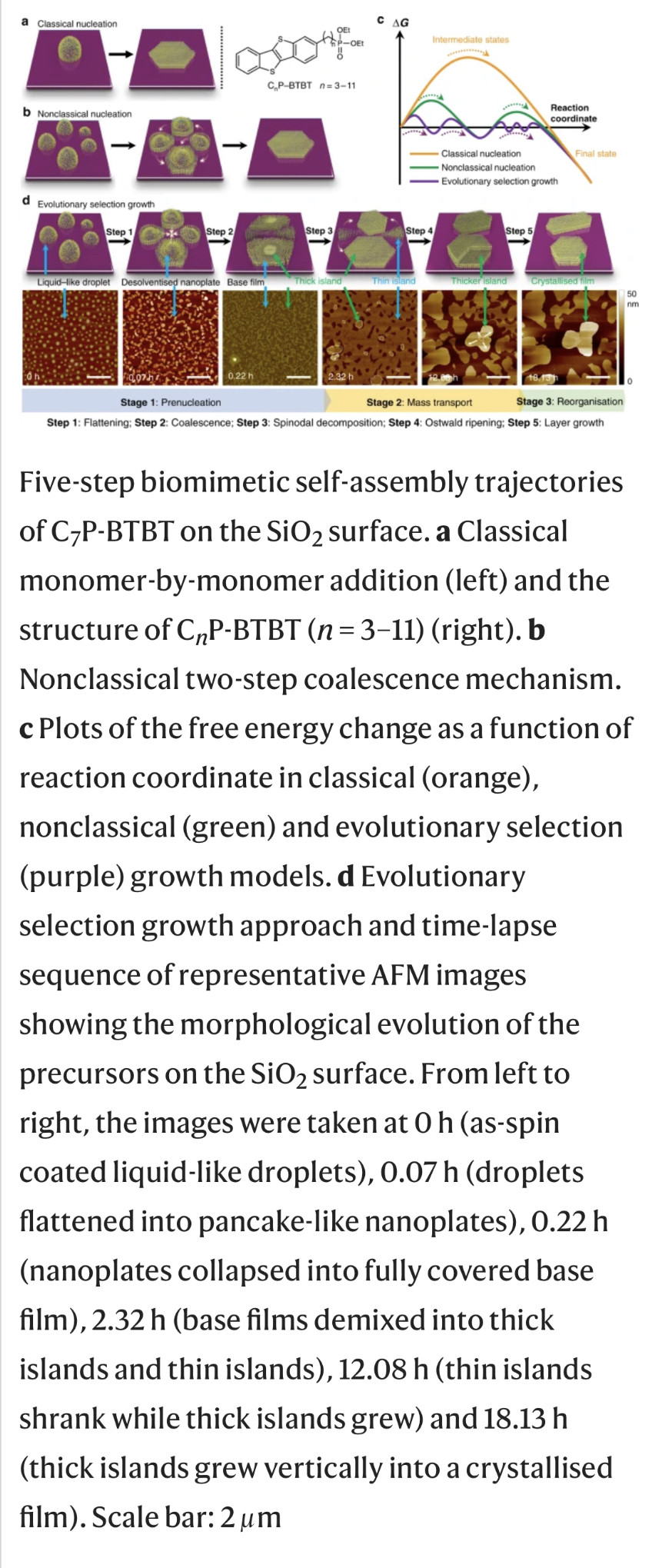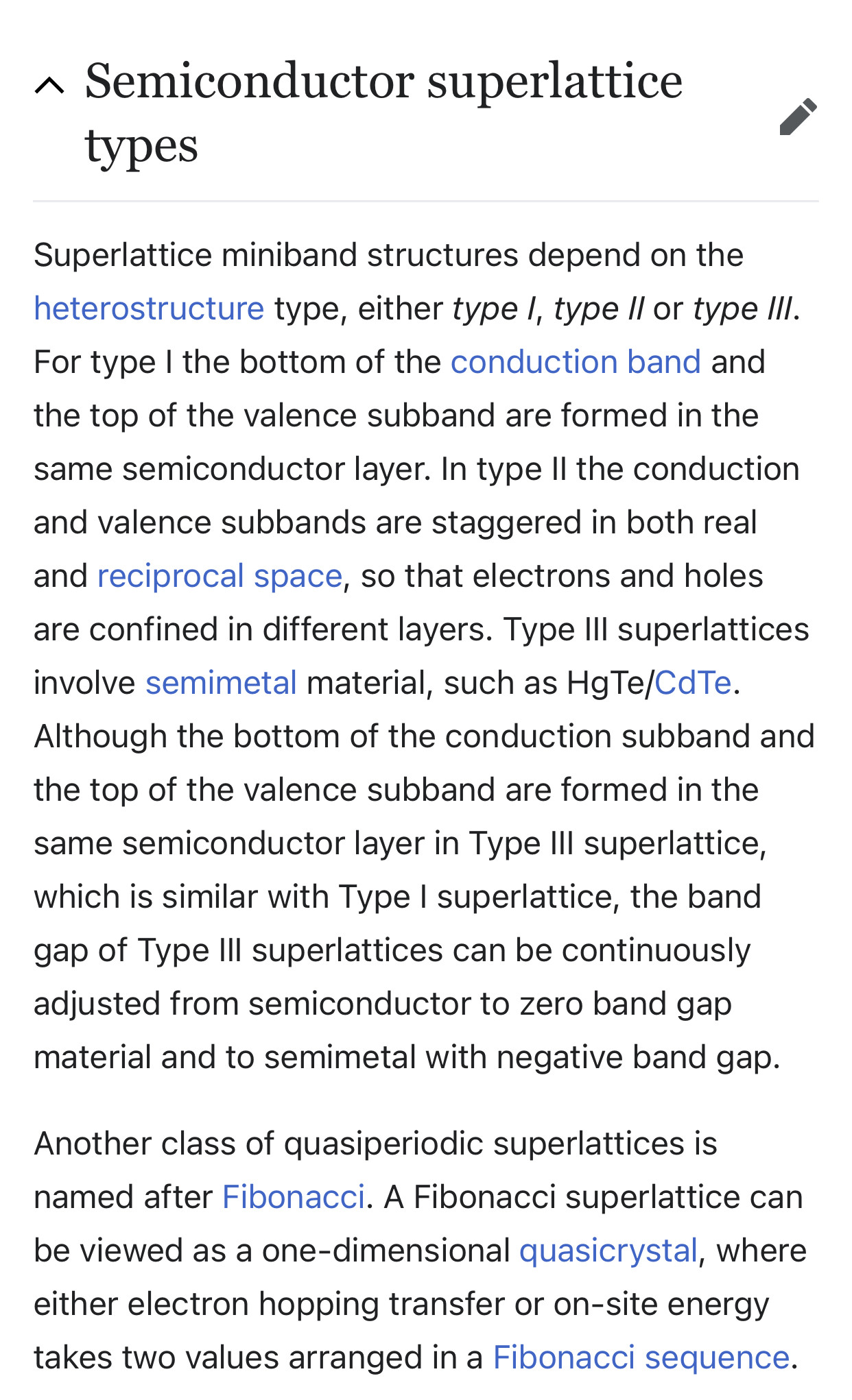Epitaxy refers to a type of crystal growth or material deposition in which new crystalline layers are formed with one or more well-defined orientations with respect to the crystalline seed layer. The deposited crystalline film is called an epitaxial film or epitaxial layer. The relative orientation(s) of the epitaxial layer to the seed layer is defined in terms of the orientation of the crystal lattice of each material. For most epitaxial growths, the new layer is usually crystalline and each crystallographic domain of the overlayer must have a well-defined orientation relative to the substrate crystal structure. Epitaxy can involve single-crystal structures, although grain-to-grain epitaxy has been observed in granular films.
For most technological applications, single domain epitaxy, which is the growth of an overlayer crystal with one well-defined orientation with respect to the substrate crystal, is preferred. Epitaxy can also play an important role while growing superlattice structures.
A superlattice is a periodic structure of layers of two (or more) materials. Typically, the thickness of one layer is several nanometers. It can also refer to a lower-dimensional structure such as an array of quantum dots or quantum wires.
If the superlattice is made of two semiconductor materials with different band gaps, each quantum well sets up new selection rules that affect the conditions for charges to flow through the structure. The two different semiconductor materials are deposited alternately on each other to form a periodic structure in the growth direction. Since the 1970 proposal of synthetic superlattices by Esaki and Tsu,[11] advances in the physics of such ultra-fine semiconductors, presently called quantum structures, have been made. The concept of quantum confinement has led to the observation of quantum size effects in isolated quantum well heterostructures and is closely related to superlattices through the tunneling phenomena. Therefore, these two ideas are often discussed on the same physical basis, but each has different physics useful for applications in electric and optical devices.
Electrons can be made to move from one atom to another. When those electrons move between the atoms, a current of electricity is created. The electrons move from one atom to another in a path. One electron is ATTACHED and another electron is LOST.
Recently retired, no longer affiliated with any party. Constitutional patriot listening for God’s word
And when they go through wires into your home, California charges you another house payment🧐🧐
If you have a rotating electric current, it will create a magnetic field.
Here, we show an approach based on radio-frequency magnetic-field heating of nanoparticles to remotely activate temperature-sensitive cation channels in cells. Superparamagnetic ferrite nanoparticles were targeted to specific proteins on the plasma membrane of cells expressing TRPV1, and heated by a radio-frequency magnetic field. Using fluorophores as molecular thermometers, we show that the induced temperature increase is highly localized. Thermal activation of the channels triggers action potentials in cultured neurons without observable toxic effects. This approach can be adapted to stimulate other cell types and, moreover, may be used to remotely manipulate other cellular machinery for novel therapeutics.
Magnetically sensitive ion channels would allow researchers to better study how specific brain cells affect behavior in freely moving animals; however, recent reports of “magnetogenetic” ion channels based on biogenic ferritin nanoparticles have been questioned because known biophysical mechanisms cannot explain experimental observations. Here, we reproduce a weak magnetically mediated calcium response in HEK cells expressing a previously published TRPV4-ferritin fusion protein. We find that this magnetic sensitivity is attenuated when we reduce the temperature sensitivity of the channel but not when we reduce the mechanical sensitivity of the channel, suggesting that the magnetic sensitivity of this channel is thermally mediated.

